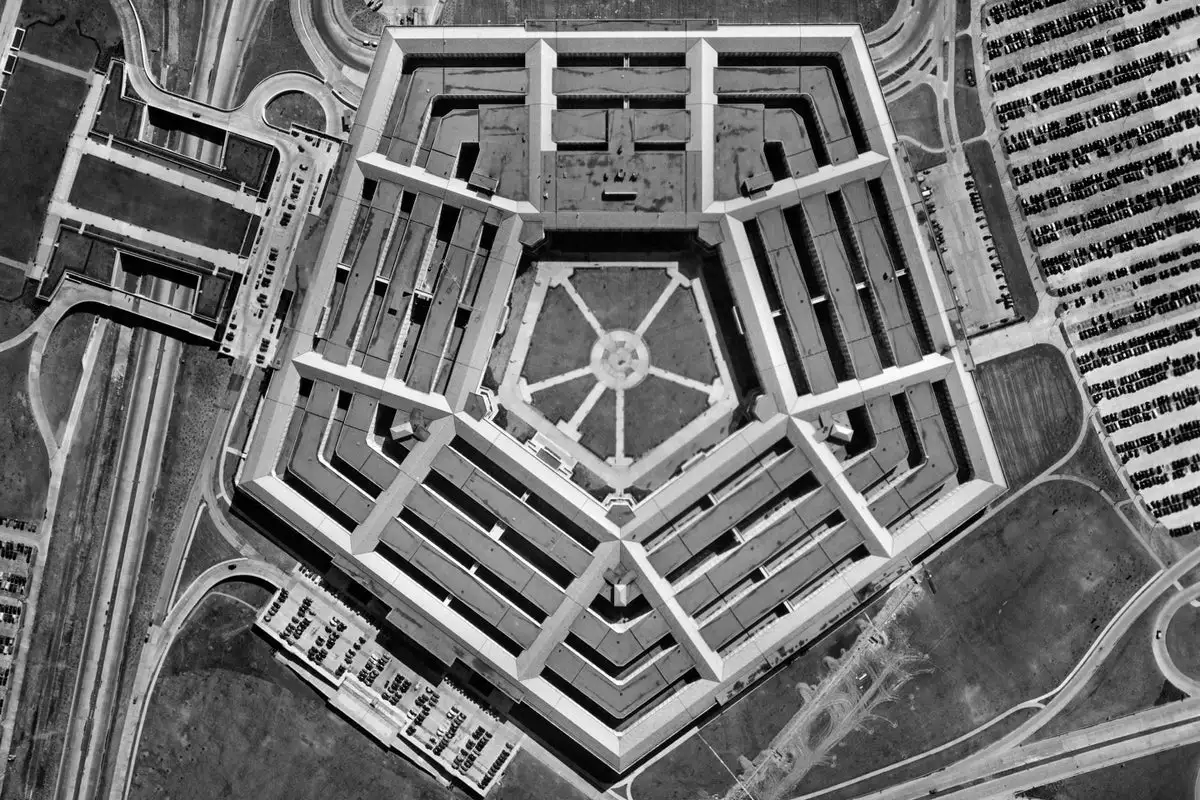An office in the Pentagon investigated UFOs—and the paranormal—over a decade ago, segueing into a long saga leading to Congressional hearings and breathless news stories today. But the real story looks more like former defense officials pushing their personal mythology, rather than any cover-up of aliens.
On a more positive note, ufology is now in vogue among historians keen to understand the mythical nature of the problem and how it relates to historical waves of aerial phenomena reports. Because of how modern media, and especially now digital media, magnify the voices of breathless advocates, sundry frauds and scientists with a penchant for the paranormal, the UFO phenomenon from 1947 onward has acquired much greater gravitas than prior scares and waves, some of which predate it by centuries.
Many serious people dismiss UFOs as a fringe interest or a pop culture distraction. Yes, they are. Yet we maintain, along with an increasing number of scholars, that there is much to be learned from studying UFO sightings, flaps and waves. While our own view is that UFOs, or UAP, emphatically do not represent any truly anomalous physical phenomena such as an extraterrestrial presence, this nevertheless does not consign ufology to insignificance.


